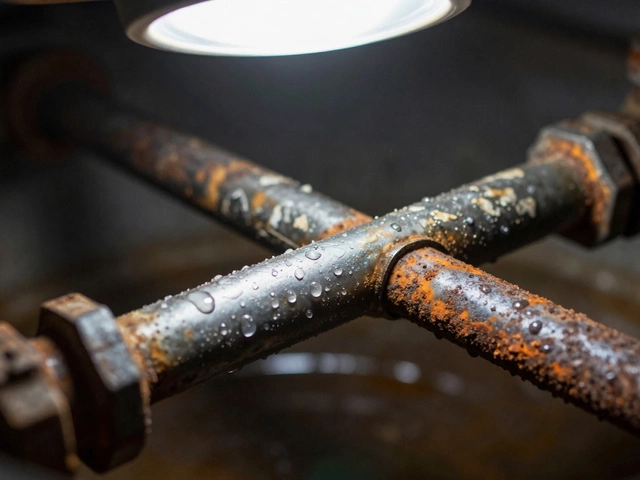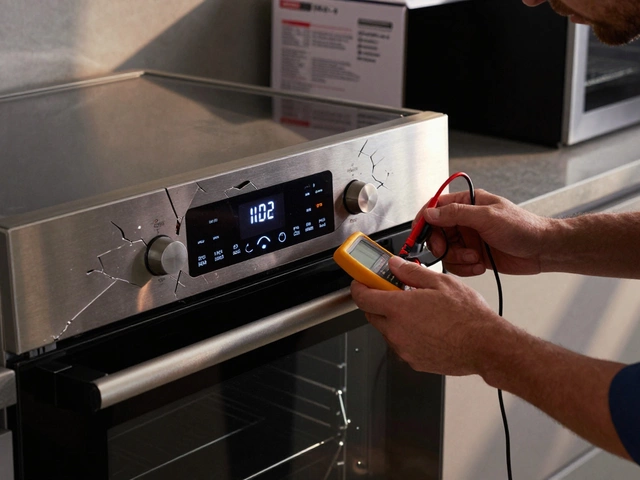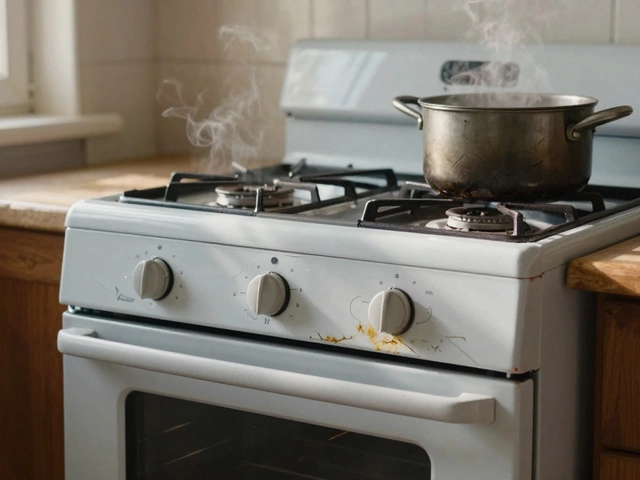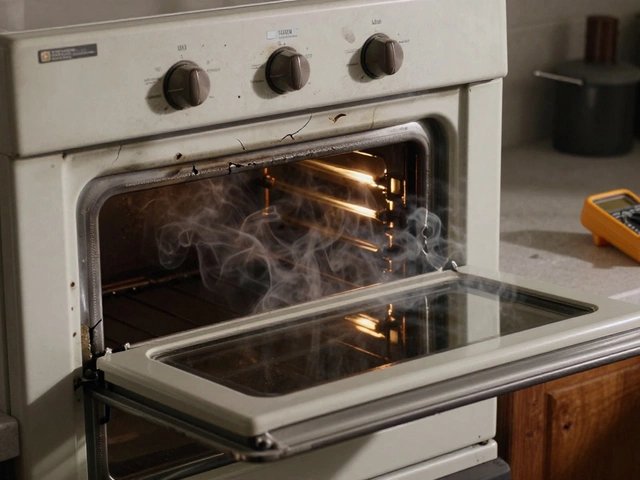Appliance Costs in 2025: How Much Should You Expect to Pay?
Ever wondered why fixing a fridge feels like buying a new one? You’re not alone. Home appliances are essential, but their repair bills can surprise you. Below we break down the true costs for the most common appliances, give you quick clues on when to repair, and share tips to keep the price tag low.
Typical Repair Prices for Everyday Appliances
Electric stove: A faulty heating element or a broken control board can run anywhere from £120 to £300. If the stove is older than 10‑12 years, replacement may be cheaper than a costly board swap.
Oven element or thermostat: Expect £80‑£150 for an element and £100‑£180 for a thermostat. Look for uneven heating or error codes before calling a tech – those are the tell‑tale signs.
Oven control board: This is one of the priciest fixes, often £200‑£350. If the board glitches frequently, compare the repair cost with a mid‑range new oven (around £500‑£700).
Microwave: Simple issues like a blown fuse or a faulty door latch are under £100. Magnetron failures, however, can cost £150‑£250, making a new unit a realistic option if the microwave is over 8‑10 years.
Refrigerator: The most expensive repairs involve the sealed system or compressor, ranging £250‑£500. Regular cleaning of coils and checking door seals can avoid these big bills.
Boiler: Minor faults (pump or thermostat) are usually £80‑£150. A full boiler replacement tops £2,000, so a well‑maintained boiler lasting 10‑15 years is worth the care.
Water heater: A faulty heating element is about £120‑£200. If your unit is over 20 years, the replacement cost (£600‑£1,200) often beats repeated fixes.
Extractor fan: Simple motor issues are £60‑£120. Complex wiring problems can push the bill to £180‑£250. Most fans last 7‑10 years with regular cleaning.
Heat pump: Common failures (coil fouling, fan motor) cost £150‑£300. A full system overhaul can exceed £3,000, so regular service saves big money.
Washing machine: Belt replacements or pump fixes are £80‑£150. If the drum or motor fails, you’re looking at £250‑£400, which may equal a new machine’s price.
Dryer: Thermostat and drum belt repairs sit around £100‑£180. After 10 years, many dryers need a new motor, costing £250‑£350 – often cheaper to replace.
Tips to Keep Appliance Costs Down
1. Schedule regular maintenance. Cleaning coils, checking seals, and flushing water heaters catch problems early and avoid pricey breakdowns.
2. Know the age of your appliance. Most appliances give you 8‑12 years of solid service. If you’re past that, compare repair quotes with the cost of a new, energy‑efficient model.
3. Get multiple quotes. A local technician may charge less than a big chain, especially for simple fixes like a faulty fan motor.
4. Ask about parts warranties. Some shops offer a 12‑month guarantee on labor and parts, saving you from repeat visits.
5. Do simple DIY checks. Unplug the unit, look for obvious wear (loose wires, blocked vents), and test basic functions before calling a pro.
Understanding real appliance costs helps you decide fast: fix it, replace it, or schedule a service. Keep these numbers handy, and you’ll spend less time worrying and more time enjoying a smoothly running home.
31 May 2025
·
0 Comments
Wondering if fixing your decade-old electric range is a smart move or money down the drain? This article gives you practical tips for figuring out whether you should repair or replace your oven, with real cost examples and no-nonsense advice. You'll learn what signs point to a fixable problem and when to throw in the towel. From hidden repair fees to the latest industry warranty trends, everything is broken down in clear language. Make your next move with confidence and avoid nasty surprises.
Read more






